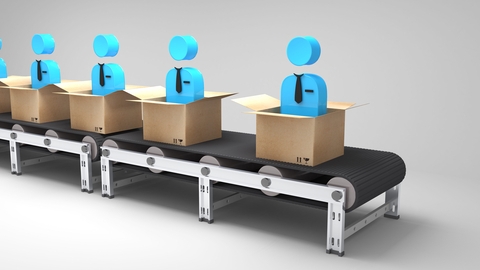
Do you remember the last time you started a new job? It was exciting and stressful. Trying to login to your computer, remember new names and understand what your job actually entails can be overwhelming. Unfortunately, not everyone adjusts well. This causes turnover and disengagement. The good news is that there are more than three decades of organizational research on how to onboard new employees.
Here are two key strategies to create smooth onboarding:
1) Increase Your Onboarding Structure
Sink or swim approaches do not work for most people. The more structured your onboarding processes, the better. In fact, research shows that a highly structured onboarding process can help cautious employees adjust just as effectively as proactive ones – especially for early career employees.
Start by standardizing your onboarding experience. Include a clear roadmap of onboarding activities along with a defined timeline for expected integration into the organization. For the best onboarding results, connect your people with each other. Start by pairing newcomers with a mentor who can provide them with social support. Lastly, find ways to intentionally provide real-time, positive feedback and design opportunities for employees to log early small wins, build confidence and increase job clarity.
2) Train People to Be Proactive
Ambiguity usually decreases productivity. But sometimes you can’t change the onboarding structure for your new-hires. Thankfully you can coach people on the right steps to ramp up smoothly. Include onboarding training on the proactive actions to take in a new job. This can unleash your new talent and actually make orientation fun.
Research shows that there are some key actions your new-hires can take to adjust quickly. The most important behaviors in a new role are seeking performance feedback early on to calibrate expectations, spending time to investigate the organization’s politics and internal structures, networking and socializing with as many people in the organization as possible, and intentionally building a strong relationship with an immediate supervisor.
Conclusion
How can you train your employees to take these steps? Are there programmatic ways to encourage these behaviors? Simply giving your new-hires permission to be proactive in these ways might change their onboarding experience.
Starting a new job brings a mix of emotions. You can increase engagement, well-being and performance by making the onboarding process effective and enjoyable. Increase your onboarding structure and train people to be proactive.








